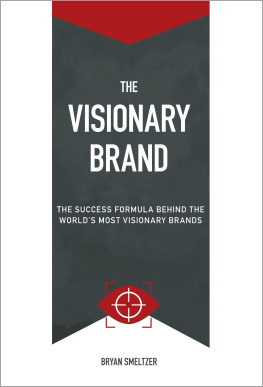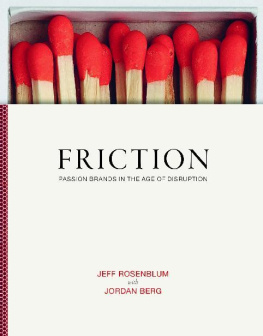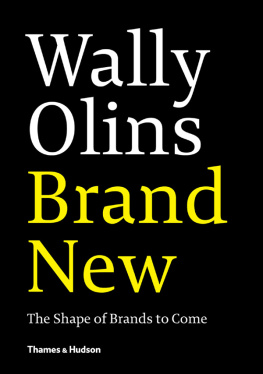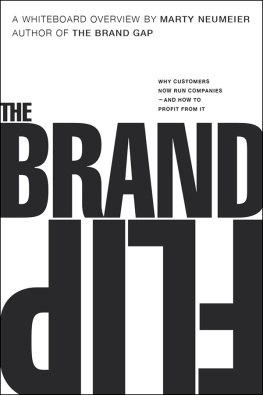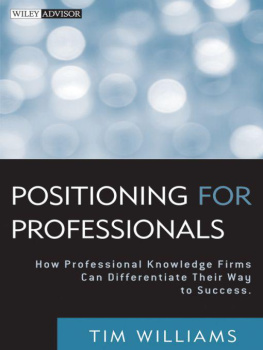ZAG
The Number-One Strategy of High-Performance Brands
A Whiteboard Overview By Marty Neumeier
ZAG
The Number-One Strategy of High-Performance Brands
A Whiteboard Overview by Marty Neumeier
Copyright 2007 by Marty Neumeier
New Riders is an imprint of Peachpit Press, a division of Pearson Education
Find us on the Web at: www.newriders.com
To report errors, please send a note to
New Riders is an imprint of Peachpit, a division of Pearson Education
Acquisitions Editor:
Michael J. Nolan
Production Editor:
David Van Ness
Book designer:
Heather mcdonald
Indexer:
Rebecca Plunkett
Proofreader:
Haig MacGregor
Notice of Rights
All rights reserved. No part of this book may be reproduced or transmitted in any form by any means, electronic, mechanical, photocopying, recording, or otherwise, without the prior written permission of the publisher. For information on getting permission for reprints and excerpts, contact .
Notice of Liability
The information in this book is distributed on an As Is basis without warranty. While every precaution has been taken in the preparation of the book, neither the author nor Peachpit shall have any liability to any person or entity with respect to any loss or damage caused or alleged to be caused directly or indirectly by the instructions contained in this book or by the computer software and hardware products described in it.
Trademarks
Many of the designations used by manufacturers and sellers to distinguish their products are claimed as trademarks. Where those designations appear in this book, and Peachpit was aware of a trademark claim, the designations appear as requested by the owner of the trademark. All other product names and services identified throughout this book are used in editorial fashion only and for the benefit of such companies with no intention of infringement of the trademark. No such use, or the use of any trade name, is intended to convey endorsement or other affiliation with this book.
ISBN 0-321-42677-0
9 8 7

NEW RIDERS
1249 EIGHTH STREET, BERKELEY, CA 94710 510/524-2178 800/283-9444 510/524-2221 (FAX)
Printed and bound in the United States of America
Dedication
To Mom And Dad, My Bookends
Preface
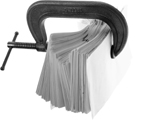
As the pace of business quickens and the number of brands multiplies, its customers, not companies, who decide which brands live and which ones die. An overabundance of look-alike products and me-too services is forcing customers to search for something, anything, to help them separate the winners from the clutter.
The solution? When everybody zigs, zag.
Youll find this book a living example of the zag discipline. While many authors start with an articles worth of ideas and expand them to book length, Ive taken a books worth of ideas and compressed them to article length. Instead of a theorists view from the outside, Ive given you a practitioners view from the inside. Instead of 500 pages of heavy-going case studies, Ive squeezed my thoughts into less than 200 pages of easy-to-read, easy-to-use, and easy-to-remember principles. In short, with ZAG, I preach what I practice.
I know your time is valuable, so my first goal is to give you a book you can read on a brief plane ride. My second and more important goal is to give you the insights, process, and courage to build a high-performance brand.
Marty Neumeierm

Introduction
The Big Speedup
The starters pistol was fired in 1965 with Gordon Moores bold prediction: The number of transistors in a given space would double each year, while the cost of each transistor would decrease, and its speed would increase. Forty years later the spirit of Moores Law still holds, and his company, Intel, remains at the heart of a revolution in speed that has altered our lives in ways weve yet to fully comprehend.
As computing power has grown, so has our access to information. For example, in 1998 Google had an index of 25 million pages. By the end of 2004 its index had grown to 8 billion pagesa 360-fold increase. And the speed? When I entered the search term speed of business, Google delivered 170 million citations in 0.2 seconds flat.
We now enjoy instant connectivity to our friends and business associates around the world, thanks to cell phones, instant messaging, and e-mail. Were so connected that we risk becoming disconnected. For example, companies have cited BlackBerrys under the table as the biggest obstacle to coherent meetings.
Weve learned not only to sneak our e-mails during meetings, but to talk on the phone, listen to music, read online documents, and converse with colleagues at the same time. At home we toggle between reading a magazine and listening to music, browsing the Web and watching a football game, cooking a casserole and catching up on world events. News programs no longer consider their offerings rich enough unless they cater to our multitasking habits with a continuous stream of stock quotes, late-breaking news, weather, and other items to activate the edges of our screens.
Manufacturers have a need for speed as well. The winning manufacturer is no longer the one with the best product, but the one with the fastest supply chain. Author and supply-chain expert Rob Rodin explains that companies today have no choice but to connect to the three insatiable demands of businessfree, perfect, and now. Helping make the now a reality are broadband computer networks, overnight delivery, RFID tags, and just-in-time processes. Manufacturing leaders such as Dell and Toyota have capitalized on what sociologist Alvin Toffler had predicted in 1965: As business speeds up, he said, each unit of time will become more valuable.
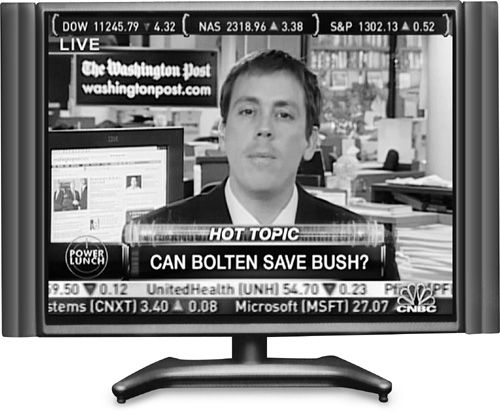
A century ago a visit to the store might have been an all-day trek, while today most of us can do our shopping right in our neighborhood. In 1986, before the big speed-up, America had more high schools than shopping centers. Today, shopping centers outnumber high schools by two to one. Inside those shopping centers, supermarkets stock more than three times the number of products they did in 1986, and innovations in checkout systems are getting customers through the line in less than half the previous time.

SPEED GETS UNDER YOUR SKIN. MOORES LAW HAS UNLEASHED AN ERA OF ACCELERATION IN WHICH TINY IDENTIFICATION CHIPS WILL PLAY A LARGE PART.
Before Moores Law, Americans were famous non-travelers, with around three million people going to Europe each year. Now, thanks to cheaper fares and a greater choice of airlines and airports, more than 11 million people go to Europe each year. Where do they stay? Possibly at one of the 54,000 hotels listed on Expedia.com. By shopping online they can quickly compare photos, descriptions, and prices, then book their hotels on the spot with a credit card.


